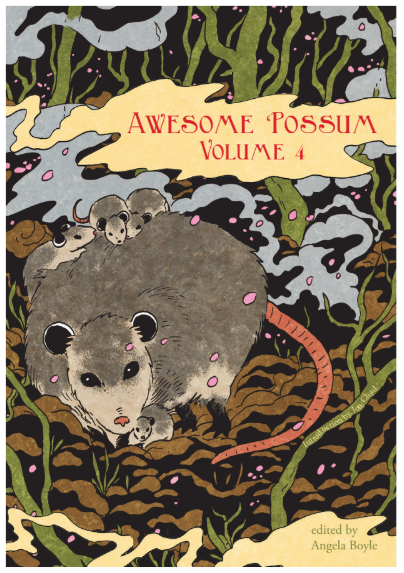by Megan Ray Nichols
Summer is almost over, but that doesn’t mean you shouldn’t plan your next vacation. If you’re working on going green and lowering your family carbon footprint, traveling might be one of your biggest concerns — the tourism industry isn’t exactly as green as it could be. If you’re planning a vacation sometime soon, what can do you do to make your stay — no matter where you’re staying — a little bit greener?
Keep Transportation in Mind
Whether you’re traveling domestically or internationally, your mode of transportation is probably one of your biggest carbon culprits. Flying is currently the worst when it comes to emissions and pollution — one round-trip ticket from New York to San Francisco and back is roughly the equivalent of two metric tons of CO2. When you compare that to the fact that the average person only produces around 19 metric tons of CO2 per year, one flight is a lot more damaging than most people realize.
If you’re traveling out of the country, flying may be your only option, but you don’t need to spend a ton of money to be a little bit greener. Opt for nonstop flights whenever possible — takeoffs and landings create more CO2 emissions than flying does. Flying economy, while it may be less comfortable, means there are more people on the plane, which in turn translates to fewer emissions per person.
Finally, look into airlines that offer carbon offset programs to help reduce their emissions and reduce their environmental impact.
If you’re traveling by car or renting a car when you reach your destination, don’t go for the big SUV — no matter how much storage it has for your luggage. Instead, choose a fuel-efficient car — many rental agencies have hybrid or electric vehicles in their fleets. Look for a company that offers greener cars, and take advantage of those opportunities.
Skip the Tourist Traps
Tourist traps intend to bring in as many people as possible, but they aren’t eco-friendly. They only have one motive in mind: profit.
Instead, look for green-friendly options. Rent a bicycle and explore the city. Many big cities are making strides to become more bicycle-friendly, so not only is it easy to get your hands on a bicycle, it’s safer to travel by bike than it used to be.
If bicycle rental isn’t an option, walking is another great way to explore, especially if you’re visiting a big city. For areas with more sprawl, go back to the eco-friendly cars.
Many popular tourist destinations are offering eco-friendly tourism options — hotels that use renewable energy and supplies, take steps to reduce the waste they produce, etc. If you have the opportunity, try to stay in one of these hotels, instead of those that still use traditional hospitality techniques.
Pack Light
If you’re flying, you’re already shelling out a ton of money for tickets, rental cars and overpriced airport food because you can’t bring snacks from home anymore. Many airlines now also charge an extra fee for checked baggage, especially if your bag is heavier than a certain weight. You can save money and lower the overall weight of your plane — and thus the plane’s emissions — by packing light or even forgoing the checked luggage in favor of a carryon bag or two.
Boat Safety
Buying or renting a boat for your vacation can be a fun and scenic way to explore local waterways, but keep in mind a poorly maintained boat can be dangerous for local aquatic ecosystems. Old or unmaintained engines can leak gasoline and oil into the water. Old paint can chip off and end up in the food chain.
Purchasing an older boat can be a cost-effective way of enjoying the water without spending an arm and a leg, but if you pick up a used boat whose previous owner neglected to take care of it, it can take quite a bit of coin to get it back in working order.
If you’re handy, you can probably do a lot of the work yourself — but don’t do it while your boat is over the water. The last thing you want to do is drop old paint chips or old fuel into the waterways you’re trying to enjoy.
Continue reading Eco-Friendly Travel Tips for Your Next Vacation










